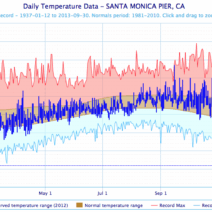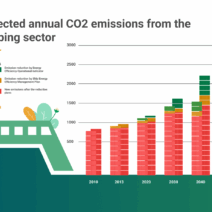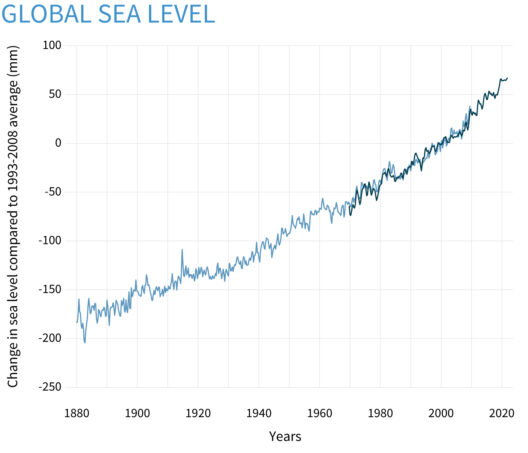Australia, a vast continent draped across the southern hemisphere, is akin to a theater of climatic diversity. From the arid whispers of the desert to the lush cacophony of rainforests, its climates form a strikingly intricate tapestry. Understanding these variations not only invites appreciation but also deepens awareness of how they shape the environment and the lives of all who inhabit this sunburnt land.
The climatic spectrum is broadly delineated into several zones: arid, semi-arid, temperate, subtropical, and tropical. Each zone is distinct, yet they are woven together by the common thread of Australia’s unique geography. This multitude of climates can be perceived as chapters in a complex novel, where every setting introduces new characters and plots that intertwine over time.
At the far end of the climatic spectrum lies the desert. Covering a staggering 70% of Australia, the desert climate is characterized by extraordinarily low precipitation and extreme temperature fluctuations. By day, the sun reigns, baking the earth beneath a relentless azure sky. At night, however, the temperature plummets, revealing the desert’s dual identity. This climate poses significant challenges, yet it facilitates a unique ecosystem where flora and fauna have adapted to create a resilient yet fragile community. The iconic red sands, punctuated by hardy shrubs and scattered hardy trees like the mulga, breathe life into an otherwise stark expanse. Here, survival is an art form, and the sparse vegetation serves as witnesses to the tenacity of life in extremes.
Transitioning from the deserts, the semi-arid regions emerge like a gradual ascent from a rocky valley to a gentle hillside. Characterized by slightly increased rainfall, these areas experience a blend of drought and sporadic flood. This climate serves as a transitional phase, offering a more hospitable environment for both flora and fauna. It is marked by open woodlands and grasslands, where kangaroos bound across the golden plains, and the sound of cicadas serenades the balmy evenings. The semi-arid regions easily captivate one’s senses, evoking a sense of resilience and adaptability.
As one ventures further into the eastern regions, temperate climates begin to unfold, particularly along the southeastern coast. Here, a charming interplay occurs between the land and the sea. The temperate climate is defined by four distinct seasons—each executing its own symphony of colors and sensations. Spring bursts forth in an explosion of blossoms, summer flourishes with sunshine and warmth, autumn gracefully drapes the landscape in golden hues, and winter discreetly blankets the earth with a light chill. This climate zone supports a wealth of biodiversity, seen in the verdant forests dotted with eucalyptus trees and the melodious calls of native birds. The temperate zones are a quintessential celebration of life, playing host to both vibrant ecosystems and thriving human communities.
Further north, the subtropical climate introduces a tantalizing warmth that beckons the lushness of greenery. The overlap of humid conditions creates a nurturing environment where subtropical forests flourish. Palms sway gently in the balmy breezes, and the dense foliage engulfs an eclectic mix of wildlife, from inquisitive koalas to colorful parrots. This climate dances between the comfort of humidity and the exhilaration of seasonal storms. Summer storms can be fierce, yet they breathe vitality into the landscape, replenishing watercourses that support both wildlife and agriculture. In this subtropical paradise, life burgeons, thriving on the very moisture that at times can sweep through with a tempest’s intensity.
Adjoining the subtropical regions, the tropical climate crowns the northern expanse of Australia like a verdant king. Characterized by high humidity and pronounced rainfall, it offers an enchanting experience, akin to stepping into a lush, green oasis. In this realm, the monsoon season arrives like a tempestuous lover, showering the landscape with a bounty of life. Tropical rainforests flourish, and their towering canopies shelter a wealth of biota. Here, the cacophony of the wildlife is a thrilling symphony—colorful frogs croak a rhythm, birds emit vibrant calls, and the rustle of leaves hints at the secrets of the thriving underbrush. This climate zone epitomizes abundance and diversity, showcasing the splendor of life unfettered by the constraints of adversity.
Yet, this climatic diversity is not without challenges. The impacts of climate change threaten the delicate balance of Australia’s ecosystems. The desert regions may face intensified drought, while the tropical zones could experience heightened cyclonic activity. As temperatures rise, the vibrancy of the subtropical and temperate climates hangs in the balance. This is a clarion call for advocacy and preservation, as the unique appeal of Australia’s climates must be safeguarded for future generations.
In conclusion, the climates of Australia narrate a saga of diversity that captivates both the heart and the mind. From the stoic beauty of the desert to the lush embrace of the rainforest, each climate enriches the landscape with its presence. This intricate mosaic not only highlights the resilience of life but also the intricate connections binding ecosystems together. As stewards of this enchanting continent, a collective effort towards environmental sustainability is vital. The preservation of these rich climates ensures that Australia remains a storied land, a sanctuary of whispers, colors, and sounds that continue to inspire the world.



